Asking for help
Sometimes, the best thing we can do is to ask for help.
I ask for help
I had been fretting for several months on how to move ahead on convening and facilitating more of the participation technique workshops that are dear to my heart. What would the interest be? How would I market them? Which countries and venues should I consider?
The exploratory work involved was daunting. I started some market and venue research in my spare time, but progress was slow. There was so much to do before I could even begin to announce anything.
Finally, I realized I was acting like the person (stereotypically a man, right?) who’s lost and can’t bring himself to ask for directions.
I needed to ask for help.
It was hard for me to get to the point of asking for help. Despite knowing and preaching about the power of networks to create change, I was trained to figure stuff out by myself, and I still often revert to that old mindset. My ingrained instinct is to investigate a situation by looking at possibilities, only finally moving to action once I’ve got a solid plan. Sometimes that’s a good strategy. But sometimes, I need to practice transformational tourism.
Merely looking at [or listening to] something almost never causes change. Tourism is fun, but rarely transformative.
If it was easy, you would have already achieved the change you seek.
Change comes from new habits, from acting as if, from experiencing the inevitable discomfort of becoming.
—Transformation tourism, Seth Godin
I became someone who asks for help. In 30 minutes I wrote a request for assistance on this blog and promoted it through my usual channels on social media: Twitter, LinkedIn, Google Plus, and some Facebook event professional groups.
What happened
The results were swift and gratifying.
Within a week I had been contacted by numerous friends and colleagues, and had found several partners who were a wonderful logical fit.
Two weeks later, we began planning workshops in the United States, Canada, and Europe!
I hope I’ve learned something. I hope that next time I’ll be ready to ask for help a little sooner.
How about you? Don’t be like this guy.
Try a new habit.
Ask for help.
You may be amazed at what happens when you do.
Photo attribution: Flickr user marinadelcastell

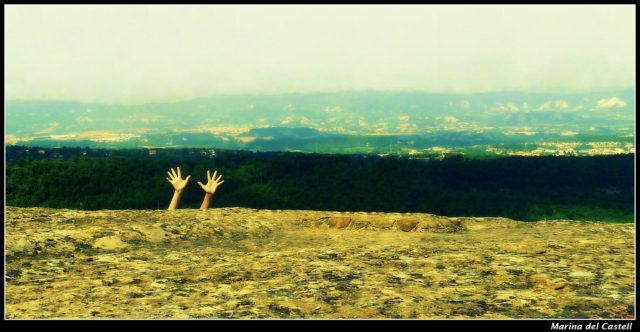
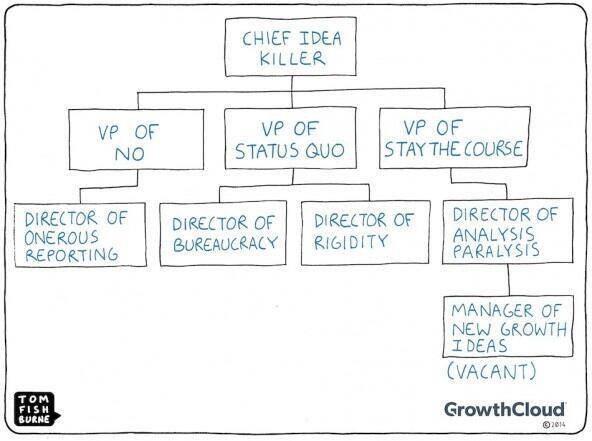
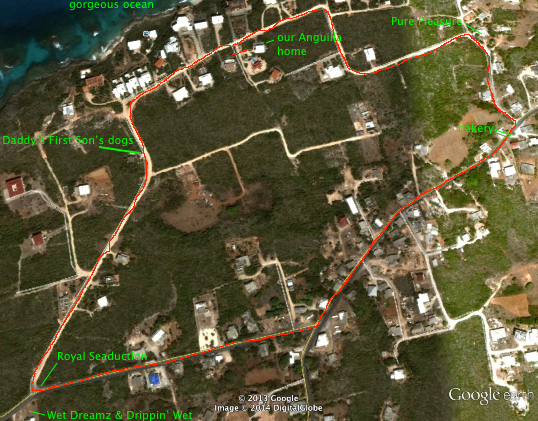
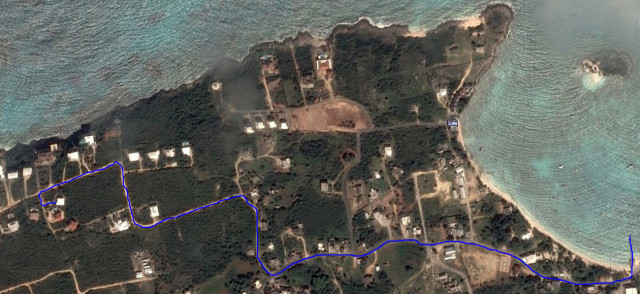
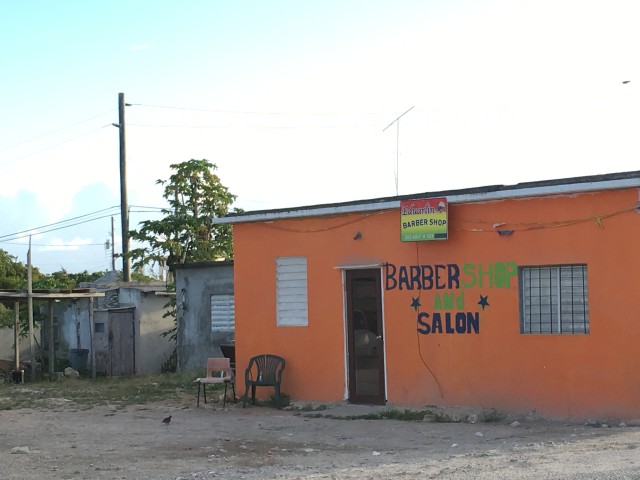

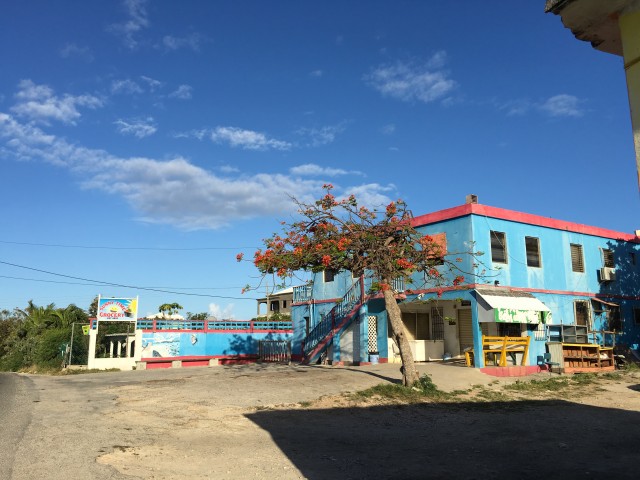


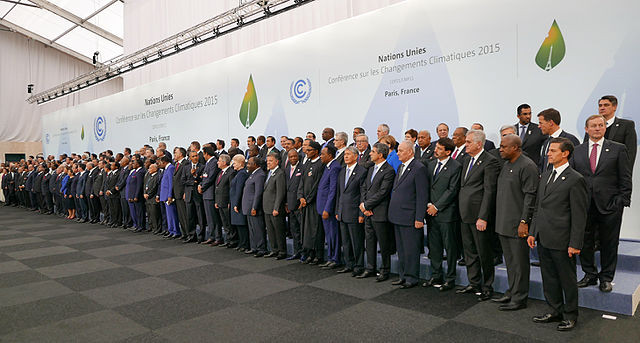
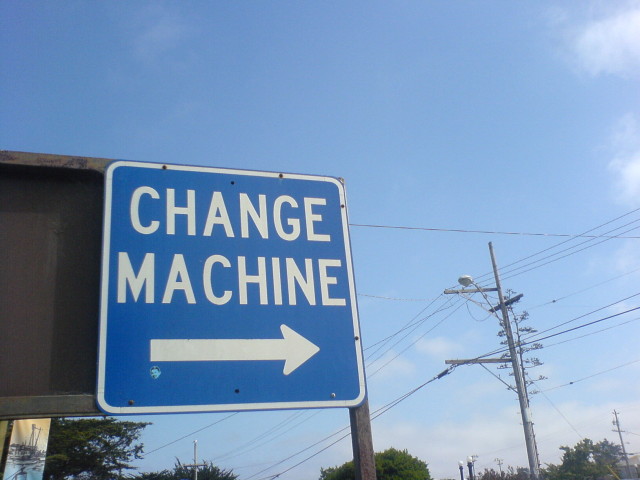

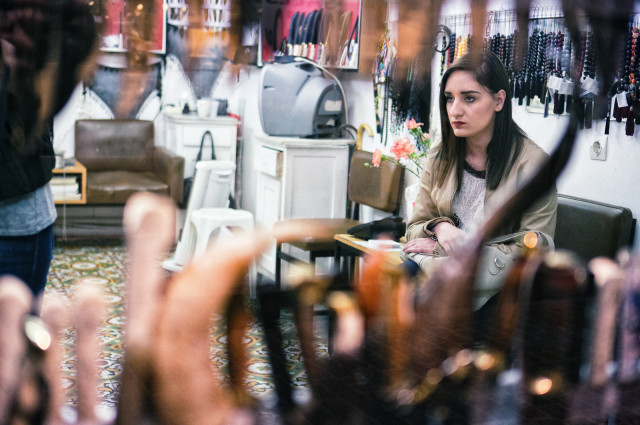
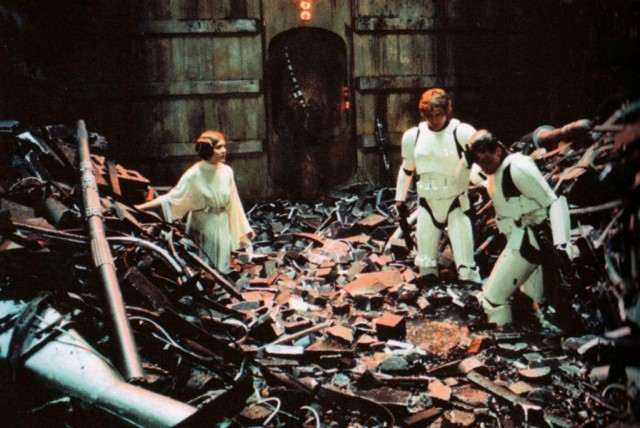
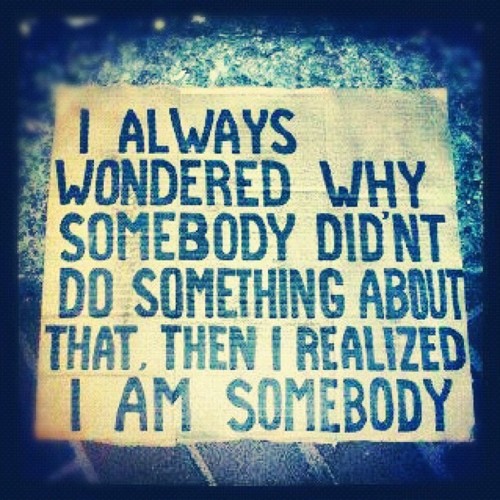 Who is
Who is 